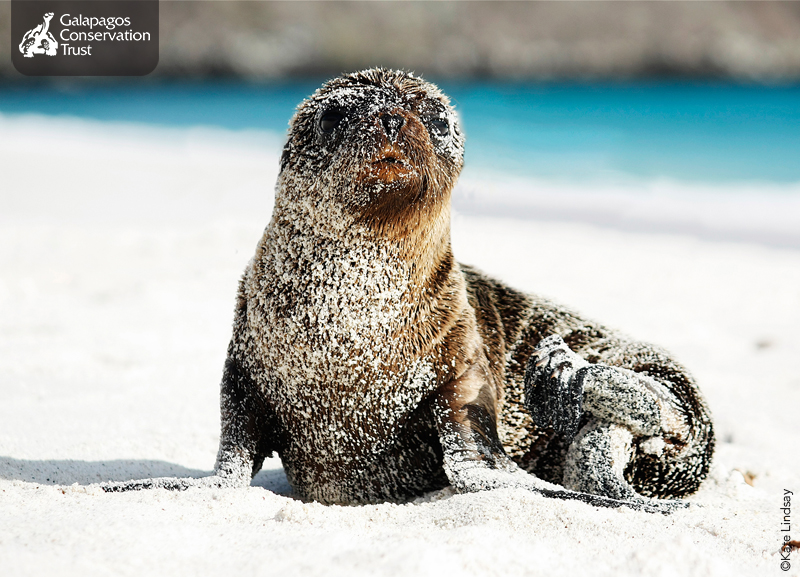
Galapagos in August
August is a fantastic month for many species in the Galapagos Islands, and is the coolest month of the year.
The garua season which starts in June and lasts until November, is getting stronger, meaning that every morning the day breaks in to a thin veil of mist across the highlands. As the day goes on and the sun breaks through, the mist clears revealing the beautiful crystalline turquoise waters. Day to day weather is relatively cool and dry, with sunny or overcast skies.
The marine temperature varies according to the geographic zones among the islands, but on the whole, the sea temperatures are cool throughout August. The Cromwell Current and South Equatorial Current will be slowly reaching their peak around this month which means nutrient-rich water is brought towards the ocean surface – triggering a wave of activity for all kinds of marine life in the archipelago. Often dropping to 18°C as a minimum and a maximum of 21°C, the sea is frequently rough and choppy in most coastal areas. If you are planning a cruise around Galapagos during this time it is suggested that catamaran style boat are better for those people who are sensitive to seasickness. The maximum air temperature reaches 26°C with the average rainfall of 0.6cm in the highlands. Along with the month of July, August has more pronounced winds. However, winds in Galapagos never get incredibly strong.
Wildlife
Tortoises lay eggs in the wild in the highlands of Santa Cruz during the cooler drier months. This is in order to minimise the risk of the eggs and hatchlings being washed away in floods from heavy rains.

©Vanessa Green
The bird life of Galapagos is strong during the month of August as all the sea birds in the Galapagos are busy at this time feeding their chicks and taking advantage of the upwelling and food rich water. Marine birds such as Flightless cormorants, penguins and Greater flamingos are seen to be breeding and nesting across the archipelago. The three boobies; red-footed, blue-footed and Nazca all continue to breed and nest across the archipelago.
Waved albatrosses are seen nesting on Espanola island. Due to the lack of predators in the Islands, the waved albatross nests on the ground, in between rocks and on top of grassy tufts. This proves fantastic for an opportunity to photograph the birds as they incubate their eggs and nurse their chicks, which have grown very big and fluffy by August. The magnificent and Great Frigate birds are also nesting across the Islands, perched in mangrove roots and low hanging branches.

©Kate Lindsay
For both California sea lions and fur seals; pupping season has started. The abundance of food for marine life in Galapagos means August is the best time for sea lions to deliver their pups. It is a common sight throughout August to see new born sea lion pups along the shoreline, especially around the Plazas Islands, Santa Fe, San Cristobal, Espanola and Fernandina. The abundance of food means female sea lions can spend more time with their pups since food is within easy reach of their nursing territories. The slightly cooler air temperature around August also ensures a healthy environment for the pups to grow big and strong.
The presence of the Humboldt Current begins to strengthen, making nutrients in the water abundant and marine life more active. Due to the strong upwelling of nutrients, snorkelling all around the archipelago is great throughout the entire month of August. Due to the colder waters, be sure to wear a wetsuit. Spotting cetaceans such as dolphins and whales is particularly common around the west of the archipelago, in the waters not far from the coast of Isabela and Fernandina islands. Whales that can be spotted include Minke, Sperm whales, and even Humpback and Sei whales.

